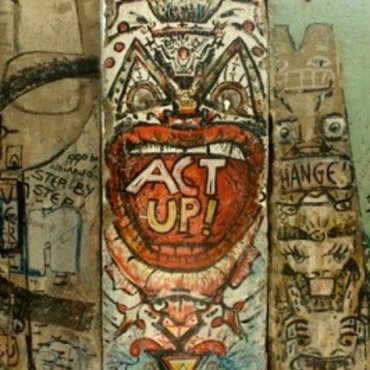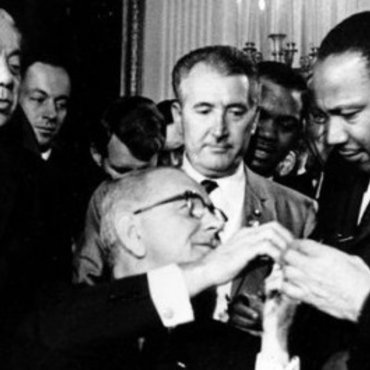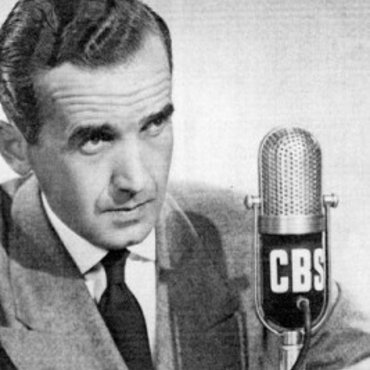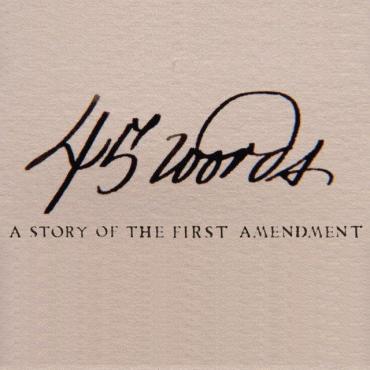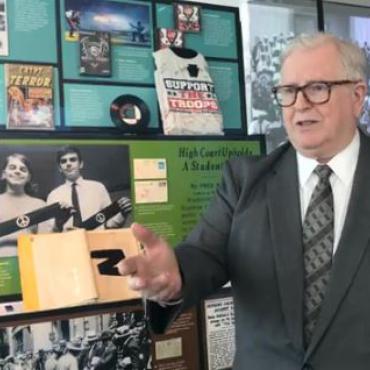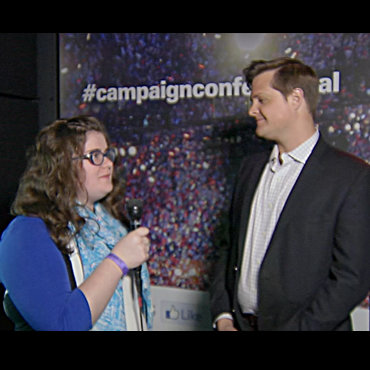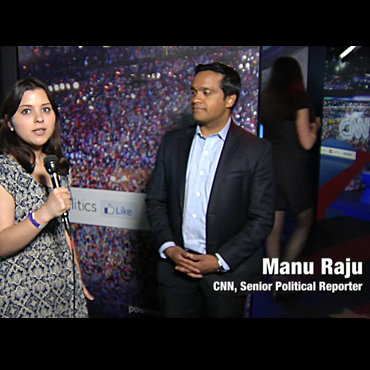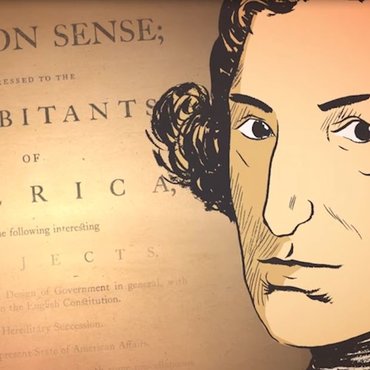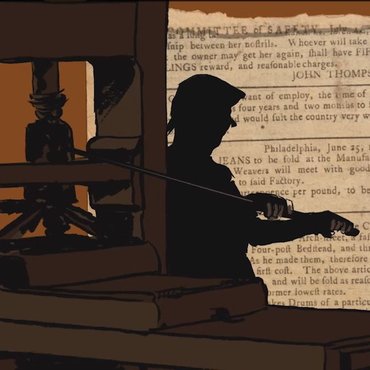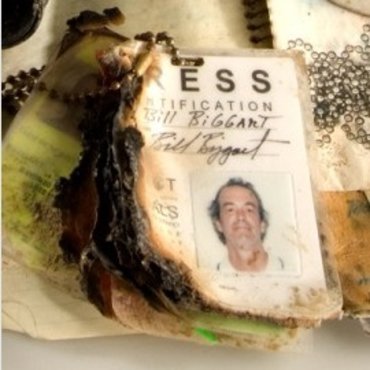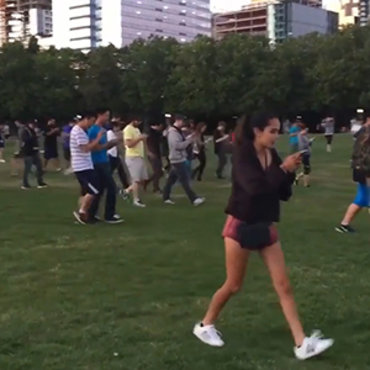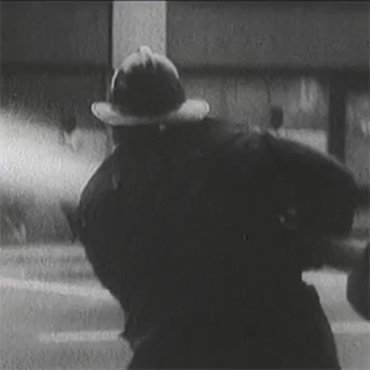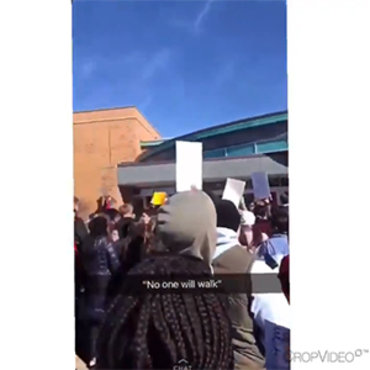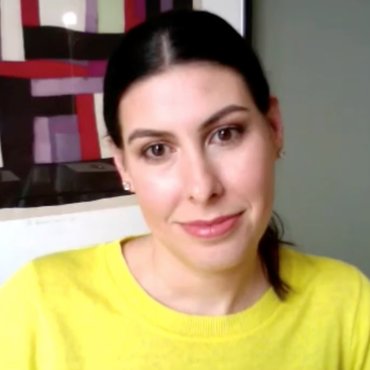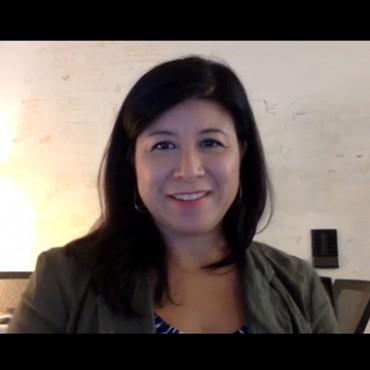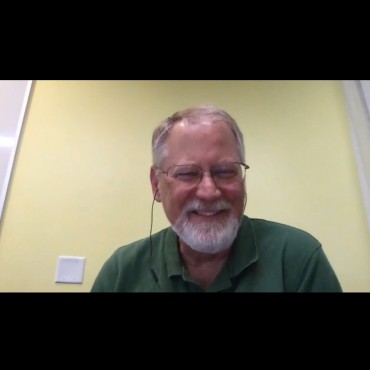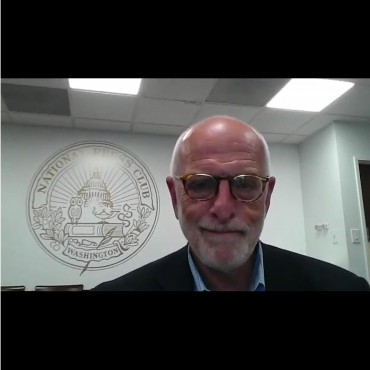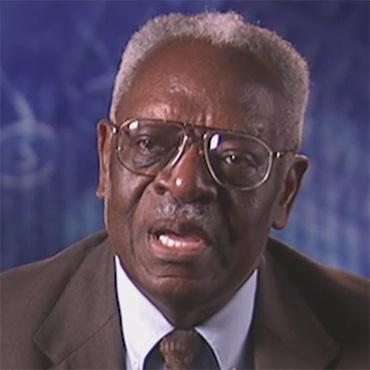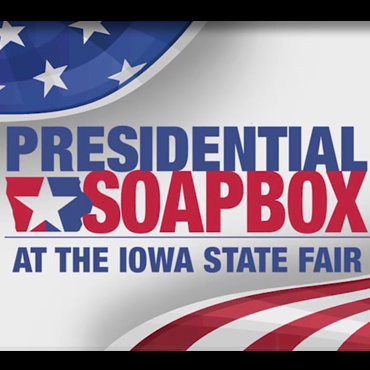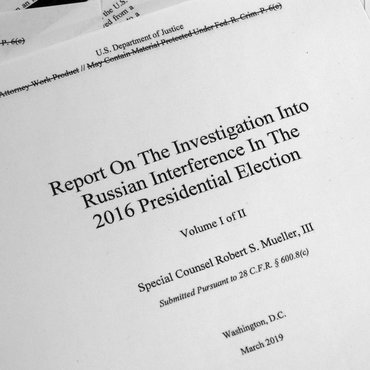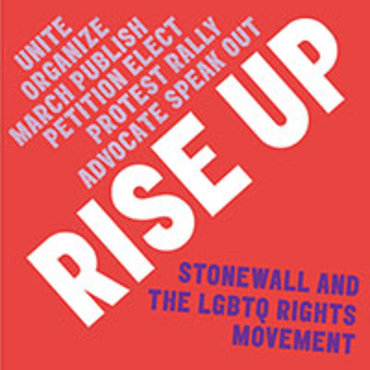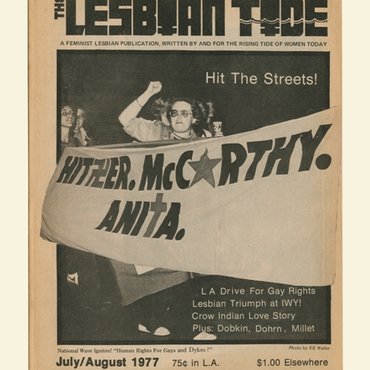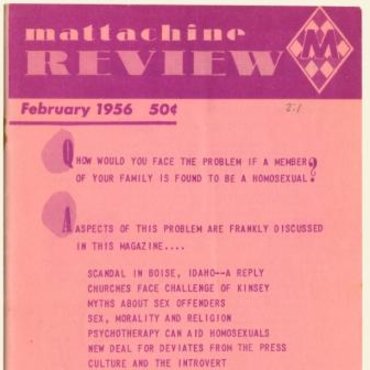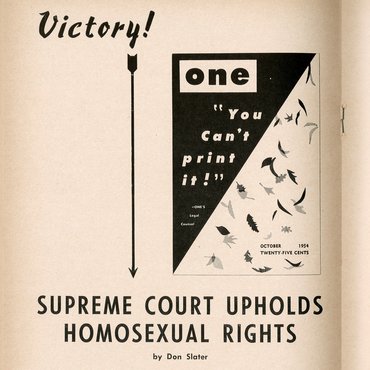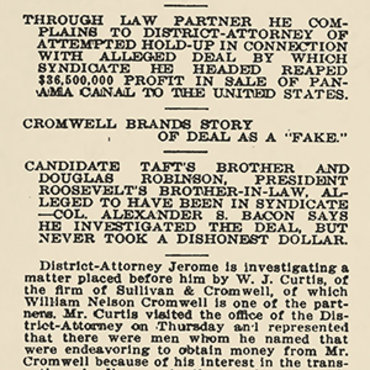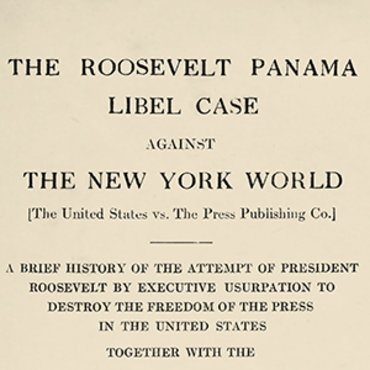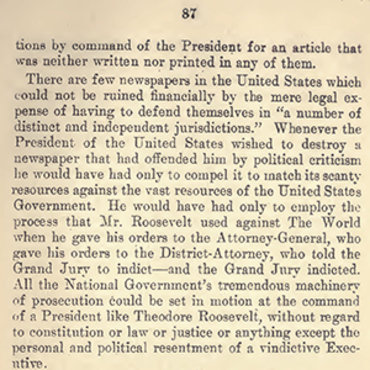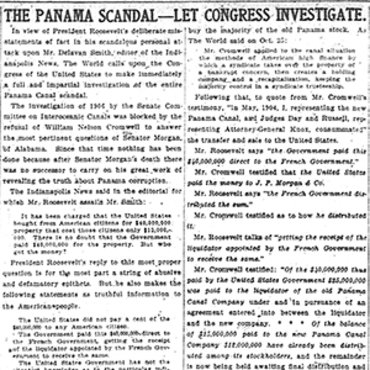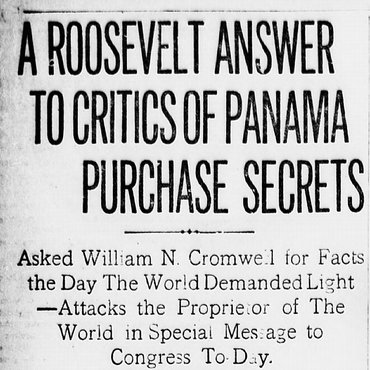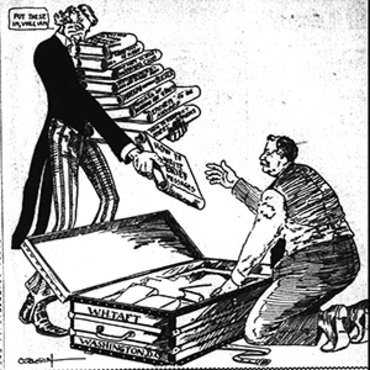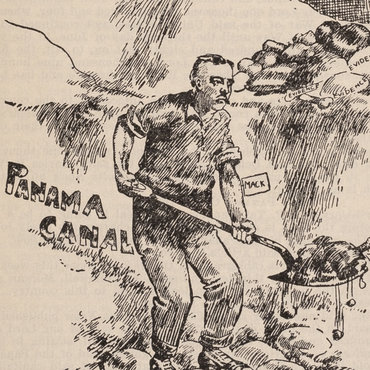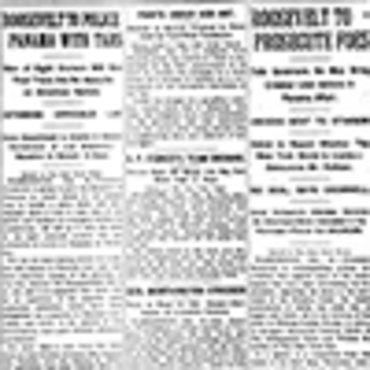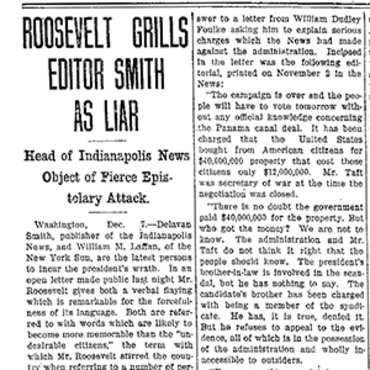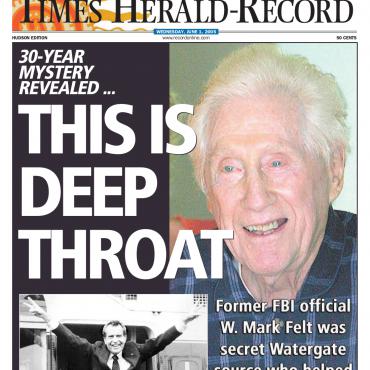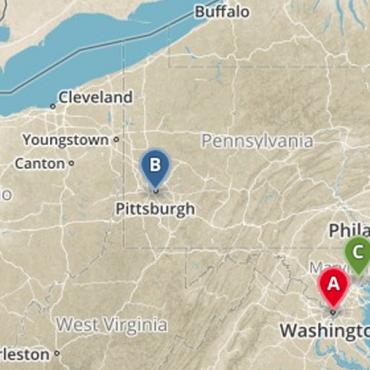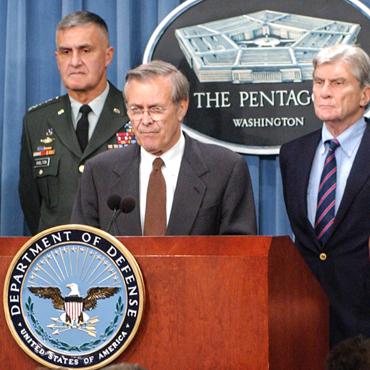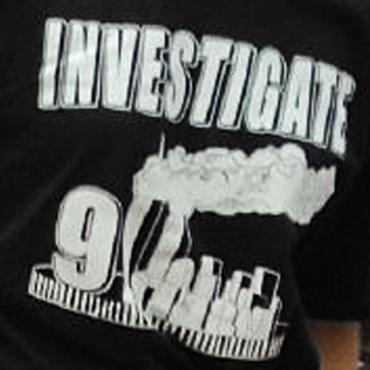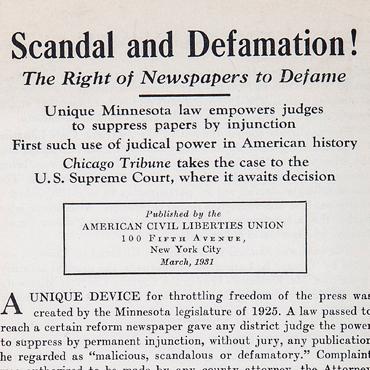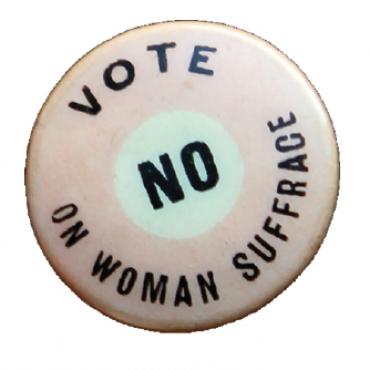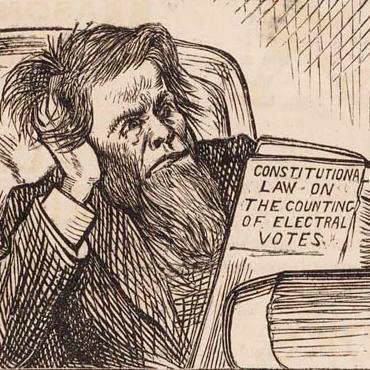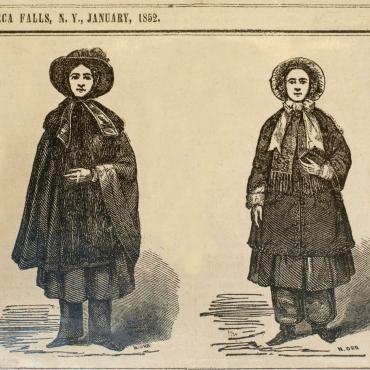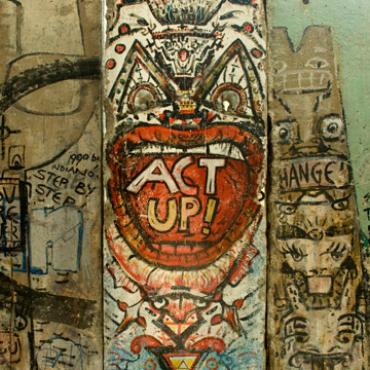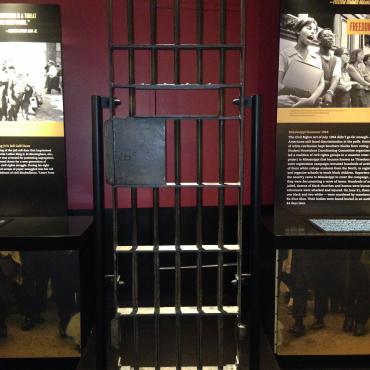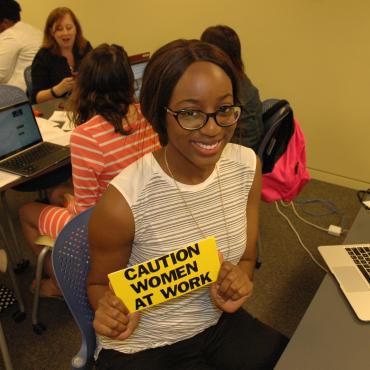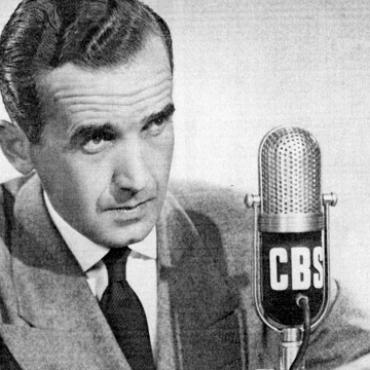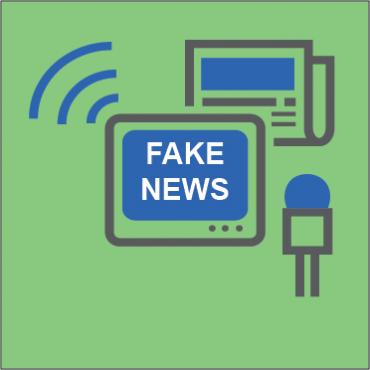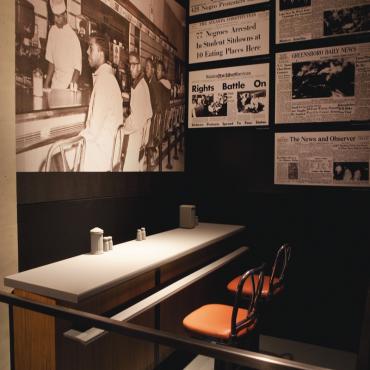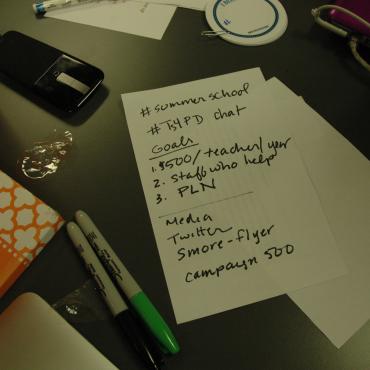
'Sources' Video and Lesson
In this Newseum-produced video, five journalists look at the use of anonymous sources and the impact they have on the public’s perception of the news media.
Get even more great free content!
This content contains copyrighted material that requires a free NewseumED account.
Registration is fast, easy, and comes with 100% free access to our vast collection of videos, artifacts, interactive content, and more.
NewseumED is provided as a free educational resource and contains copyrighted material. Registration is required for full access. Signing up is simple and free.
With a free NewseumED account, you can:
- Watch timely and informative videos
- Access expertly crafted lesson plans
- Download an array of classroom resources
- and much more!
- Journalism
- Politics
- 6-12
- College/University
- Tell students that unnamed sources have been used to crack many big stories throughout our nation’s history. However, an unnamed source cannot always be counted on for complete accuracy. Today, they will learn how to evaluate a story’s credibility by looking at information from unnamed sources.
- Check for background knowledge by asking:
- Where do journalists get the information they use in their news stories?
- What does anonymous mean? When might an individual want to remain anonymous?
- Explain that as they watch the video, students will look at the ethical guidelines journalists attempt to follow. Hand out copies of the viewing worksheet. Instruct students to read the questions ahead of time and to take notes as they watch the video.
- Watch the video.
- Ask students to complete the post-video comprehension questions (in class or for homework).
- “Sources” Video Lesson worksheet (download), one per student
- Internet access to watch “Sources” video
- “Sources" Reference Material handout (download, optional)
You may wish to assign one or more of these questions as short essays for homework.
- The video’s narration describes USA TODAY’s policy on when to use anonymous sources like this: “Reporters can use them, but they need to explain to editors why the information is important to the story and why the information can’t be obtained on the record.” What do you think of these rules? Do they provide enough guidance? If you were an editor, what kind of explanations would you accept for 1) why an unnamed source’s information is important to a story and 2) why it can’t be obtained in other ways?
- Unnamed sources are just one way that journalists get information. Where else do journalists get the information they use in their stories? Consider two examples: a story about a school board meeting and a story about a car accident. In each case, where would journalists get the information needed for their reports? Of the sources you list, which do you think is the most reliable? Why? Which is the least reliable? Why?
- How should journalists judge the reliability of an unnamed source? What should the criteria be for deciding if you trust someone or not?
- In the video, Geneva Overholser says, "Give us some information so we can judge it. Way too often we just said, 'said a reliable source,' [or] 'said someone close to the White House.'" Do you agree with Overholser’s position that journalists should give more information on the unnamed sources they use? If journalists use unnamed sources, how should they describe them? How much information should they give? What should this information be?
- Freedom of the press means the government does not dictate how the press operates. It’s left to members of the news media to set standards for good journalism. What do you think those standards should be?
- What does “good” journalism look like? Make a list of the qualities you would like to see in the news you consume. Define each quality. (For example: sources of information are clear — gives details on where facts were found.)
- Choose a news story from a newspaper, newsmagazine or online news site and create a chart of the sources the reporter uses. In one column, write the facts reported in the news story. In a second column, write where the facts came from. For example: unnamed source, named source, book/publication/document (give the name), spokesperson, etc.
- Find five news stories that use unnamed sources. For each story, write down how the unnamed sources are described. Then rank the five articles in order from the one you find most trustworthy to the one least trustworthy. Write a paragraph explaining your ranking. Did the use of anonymous sources affect your ranking?
- One Associated Press guideline suggests that reporters use unnamed sources only if they cannot get the information provided from any other source. Find five news stories that use unnamed sources. For each story, summarize the information the unnamed source provided. Is there anywhere else the reporter could have gotten this information? For each article, make a list of other possible sources, or explain why the unnamed source was the reporter’s only option.
- What should the standards for good journalism be? Read the Statement of Principles on the American Society of Newspaper Editors website. http://asne.org/asne-principles What is said about anonymous sources? Create your own “master” code of ethics combining the principles you think are the most important. Write your code of ethics like a set of instructions for journalists to follow, and be sure to cover the topic of unnamed sources.
- Prepare a report on the Watergate scandal, focusing on the role of the anonymous source “Deep Throat.” Questions to explore include: Why did The Washington Post reporters trust this source? What type of information did this source provide? What was the ultimate impact of publicizing this information? Why do you think Deep Throat decided to talk to reporters? Why do you think Deep Throat wanted anonymity? What would you have done if you’d been the reporter in this case? Start your research by visiting the newspaper’s Watergate archive. www.washingtonpost.com/wp-srv/politics/special/watergate/ Note: Teachers may supplement this lesson with our case study on Deep Throat. https://newseumed.org/idea/watergate-case-study-deep-throat/
- Prepare a report on the “Newsweek” story about possible Quran abuse at Guantanamo Bay, focusing on the role of the unnamed source. Questions to explore include: Why did the “Newsweek” reporter trust this source? What type of information did this source provide? What was the ultimate impact of publicizing this information? Why do you think this source decided to talk to reporters? Why do you think this source wanted anonymity? What would you have done if you’d been the reporter in this case?
- Read three of the articles about use of unnamed sources posted on iMediaEthics.org (an online journalism site). Find articles under Topic/Anonymous Sources. Write a three- to five- paragraph summary of each article. What arguments does it make for and/or against using unnamed sources?
- Shortly before the Watergate scandal, The Washington Post attempted to ban the use of unnamed sources by its reporters. Read this American Journalism Review article on what happened. http://www.ajr.org/article.asp?id=3946 Prepare a presentation for your class that addresses these questions: Why did the newspaper want to ban unnamed sources? What happened after they put the ban in place? What lessons were learned from this experiment?
-
Common Core State Standards: CCSS.ELA-LITERACY.CCRA.SL.2
Integrate and evaluate information presented in diverse media and formats, including visually, quantitatively, and orally.
-
National Center for History in the Schools: NCHS.US History.Era 10
Standard 1: Recent developments in foreign policy and domestic politics Standard 2: Economic, social, and cultural developments in contemporary United States
-
Center for Civic Education: CCE.V
A. What is citizenship? B. What are the rights of citizens? C. What are the responsibilities of citizens? D. What civic dispositions or traits of private and public character are important to the preservation and improvement of American constitutional democracy? E. How can citizens take part in civic life?
